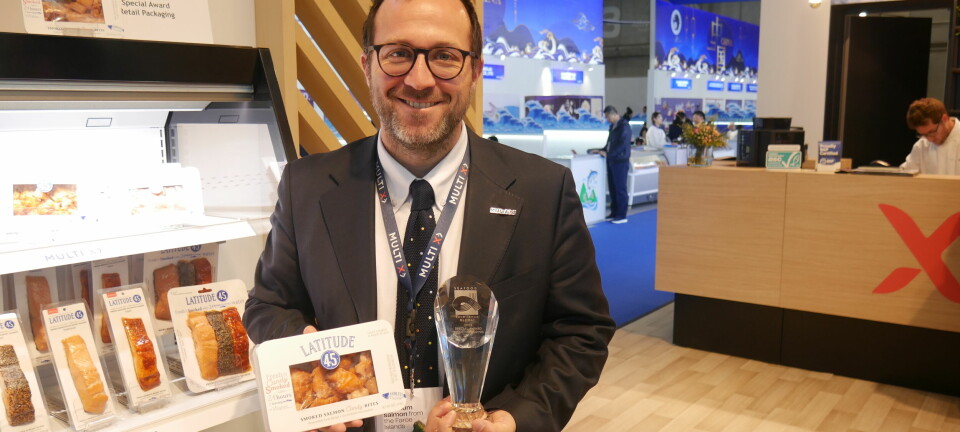Is biofouling a reservoir for AGD, Piscirickettsia or other pathogens?
In co-operation with Uni Research Environment, Steen-Hansen has initiated a project to investigate precisely this question, the company revlealed in a press release.
The project is financed by the West Norway regional research fund and is being started as a pilot project to document the infection potential of fouling.
Which fouling organisms represent a risk?
The project aims to identify which fouling organisms represent a risk, examine the survival ability of pathogens in fouling and establish good methods for sampling and analysis. Infection trials will be carried out under controlled conditions in order to see whether fouling can be linked to the ever increasing prevalence of diseases such as AGD, Piscirickettsia and others. If fouling species accumulate infectious agents, these could also constitute a possible warning indicator.
Necessary knowledge
The pilot project will provide basic and necessary knowledge that can then be used in a larger and extended investigation. It is hoped that the results can be used to develop new strategies for protecting and impregnating nets as well as cleaning strategies, equipment and methods.
Practical applied research
«In recent years many fish farmers have adjusted their operations with a focus on cleaner nets and frequent net washing. We want to gain a better understanding of the risk this implies for infection within farms, spreading of lice larvae and as a source of fish disease. This project is part of the ongoing efforts at Steen-Hansen to solve the problem of fouling. If we know enough about the risk species we should be able to develop products that provide better protection» - says Ulrik Ulriksen, CBDO at Steen-Hansen Havbruk.
«It will be of particular interest to identify fouling organisms as potential carriers of infection and to find out whether the prevalence of these fouling species is related to the ever increasing incidence of the disease, AGD». [Trond Einar Isaksen, Uni Research Environment]




















































